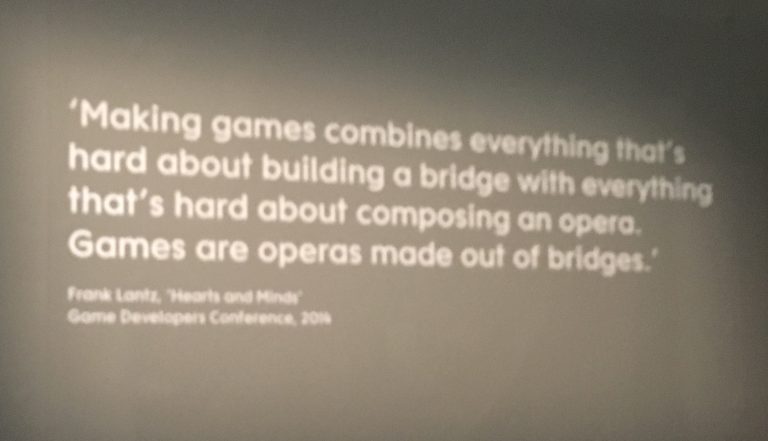In a recent client conversation, their imagination for game mechanics and fancy interactions was clouding the core functionality they were after for their client base. It would be fun to implement all the fancy interactions, but we risk losing the real reason why the design exists. Managing expectations is one thing we nearly always have to do, managing imagination however doesn’t happen that frequently.
We had done extensive research of this clients target audience and they told us some core needs on why they engage the services of the client. So in our gamification design, delivering and facilitating the journey the customer experiences to get to their goal comes higher on the priority list than interactions that may not help. One of the ideas was to force the client into virtual reality from the get go, however we know most of them access information on mobile devices, which makes the download requirements of the virtual reality solution un-workable for the time being.
I think as a gamification designer it is important to point out what would work best for the client audience especially when you already completed user research. Injecting a storyline and helpful characters in this case is more useful than continuing down the path that the client originally wanted until virtual reality is accessible via mobile devices.
We often have the discussion in learning related gamification when interaction detracts from learning. We set learning objectives and then someone in the team dreams up a fun storyline with all sorts of funny interactions, each time we ask is this helping the user forward and why is it part of the design. Often the original free flow gets trimmed down to essentials and then new mechanics can help in refreshing the content later on. Not every course lends itself to having all interactions switched on and in my view sometimes subtle guiding gamification is much more powerful than the gimmicky versions. In any case the user is the key influencer for the final designs.
How do you manage your team’s imagination in gamification design?




